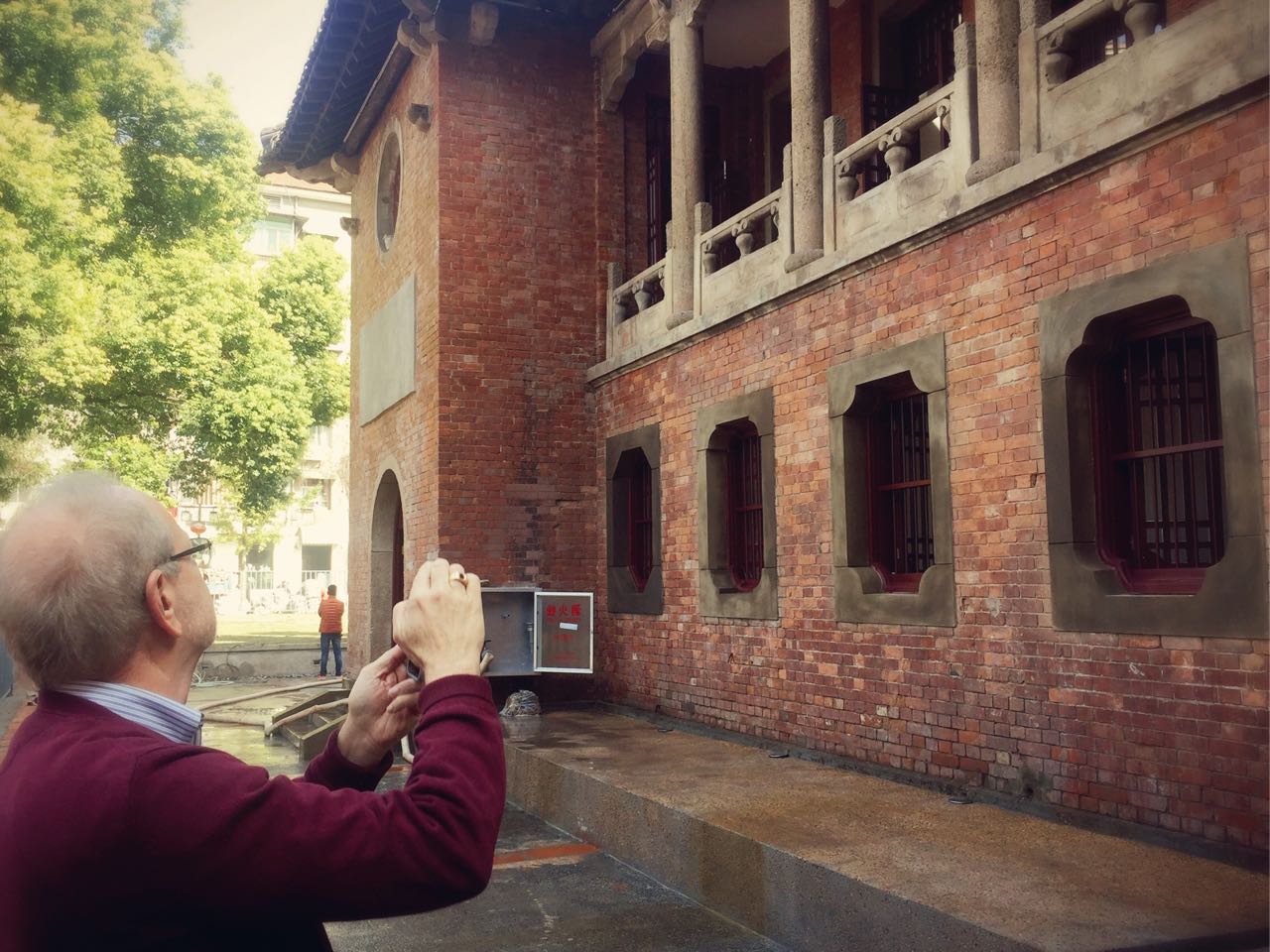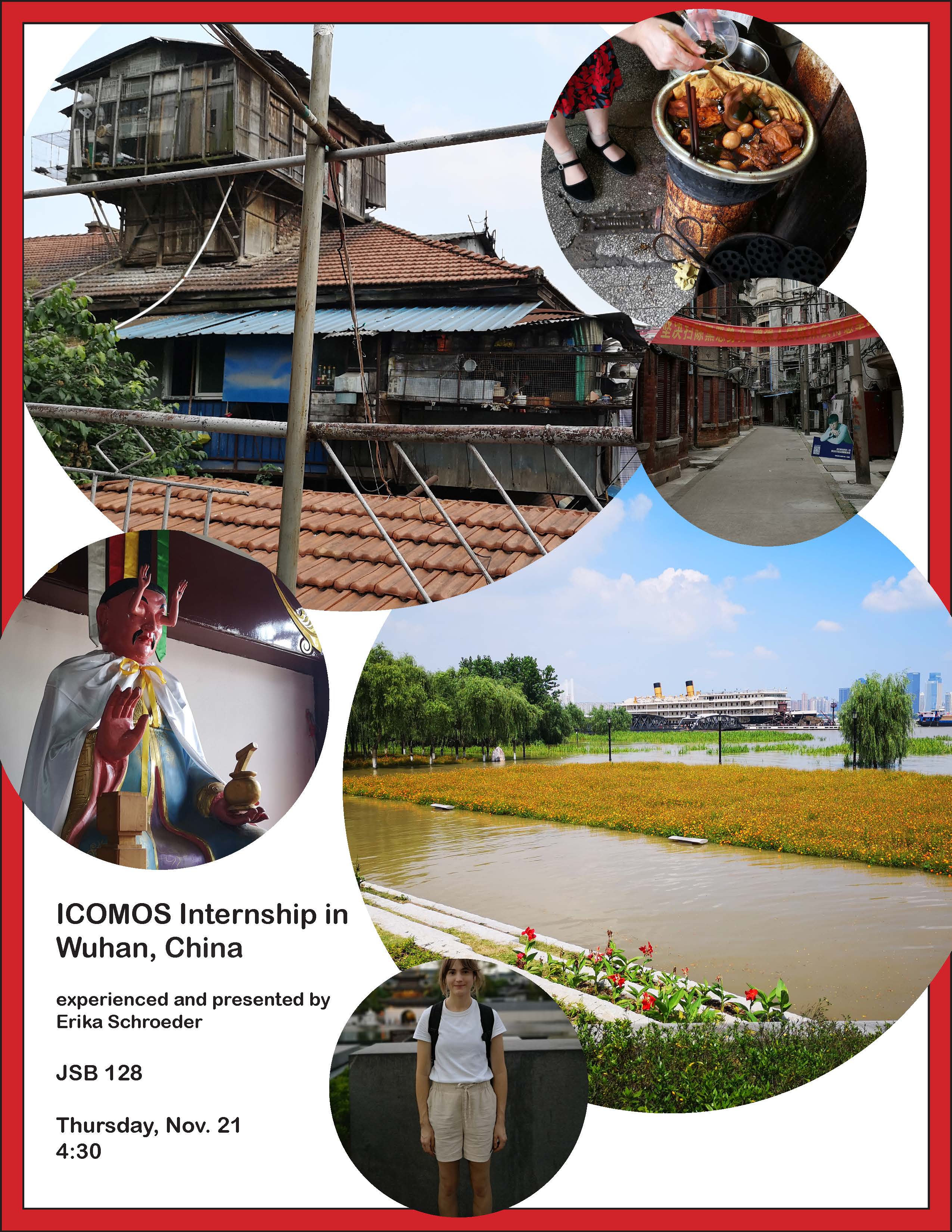MHP Coordinator Participates in Wuhan Forum
 Emerging from more than two months in strict quarantine, cultural heritage colleagues
in Wuhan, China organized a virtual conference, Shared Future, Shared Heritage on April 18 to celebrate the International Day for Monuments and Sites. The holiday
is also known as World Heritage Day.
Emerging from more than two months in strict quarantine, cultural heritage colleagues
in Wuhan, China organized a virtual conference, Shared Future, Shared Heritage on April 18 to celebrate the International Day for Monuments and Sites. The holiday
is also known as World Heritage Day.
James Reap, CED Historic Preservation Coordinator, was among the heritage conservation scholars and practitioners invited to participate in a dialogue to explore the idea of sharing—and its counterpoints, contestation and resistance—in relation to cultures, heritage and responsibility. The organizers from the Wuhan Research Society for Shared Built Heritage and the World Heritage Institute of Training and Research-Asia and Pacific/Shanghai (WHITRAP) felt that the theme of sharing was a timely focus, and an expression of global unity amidst the current world health crisis. The forum included participants from China, the United States, and Europe.

Reap documents the James Jackson Memorial Gymnasium, an example of "shared built heritage" containing Western and Chinese elements, which was restored by the Wuhan Research Society.
CED has collaborated with colleagues in Wuhan for several years. Professor Reap has attended three “Crossover Forum” conferences on shared built heritage in Wuhan. Additionally, Erika Shroeder (MLA + HP Certificate) worked in documenting an historic district during an internship there in the summer of 2019.

Almost unknown in contemporary America until the COVID-19 crisis, Wuhan has a long history as an industrial city and crossroads of cultures. The city on the Yangtse River has a current population of 11 million and was christened the “Chicago of China” in 1900 by Colliers Magazine for its factories, trading firms, international companies and consulates. The convergence of cultures is still evident today in architecture and city planning of its historic districts.
